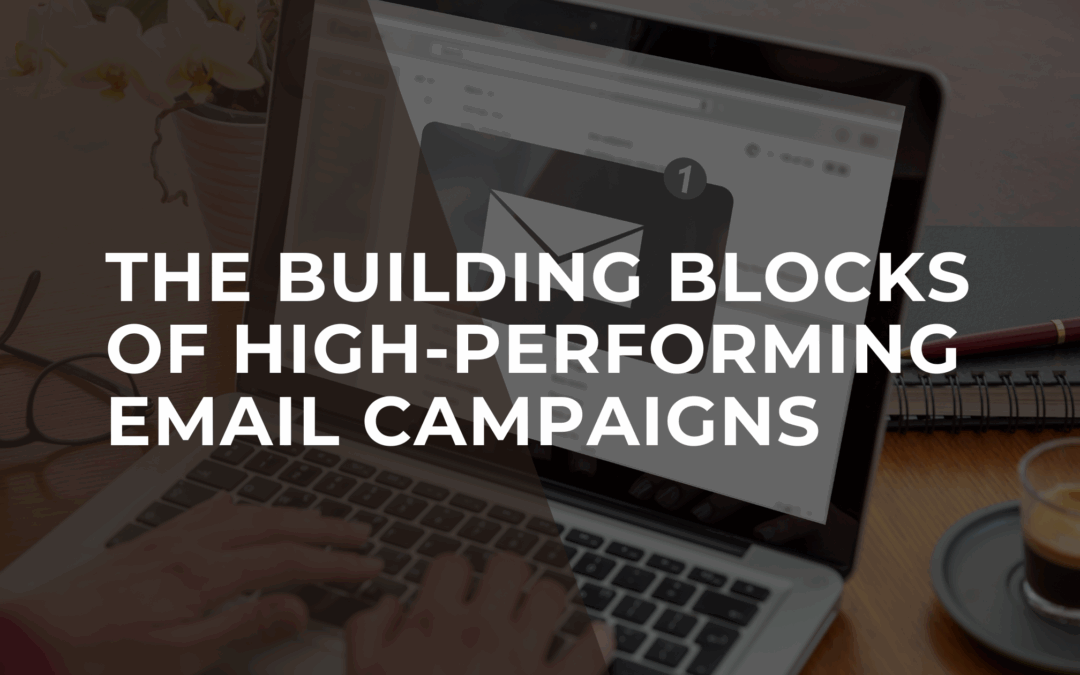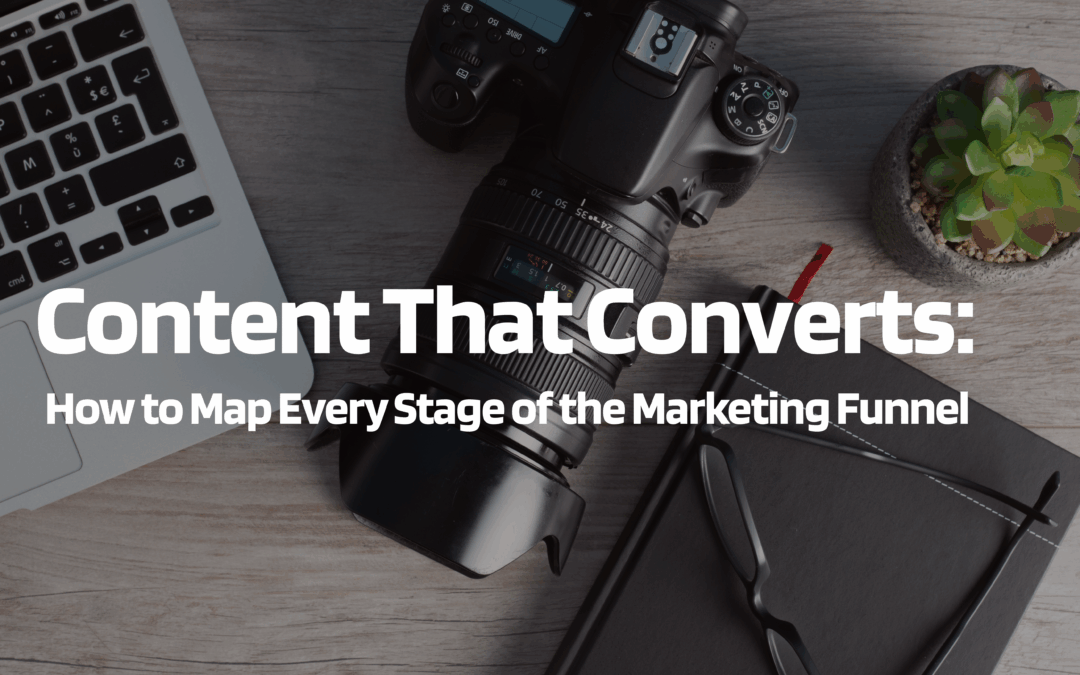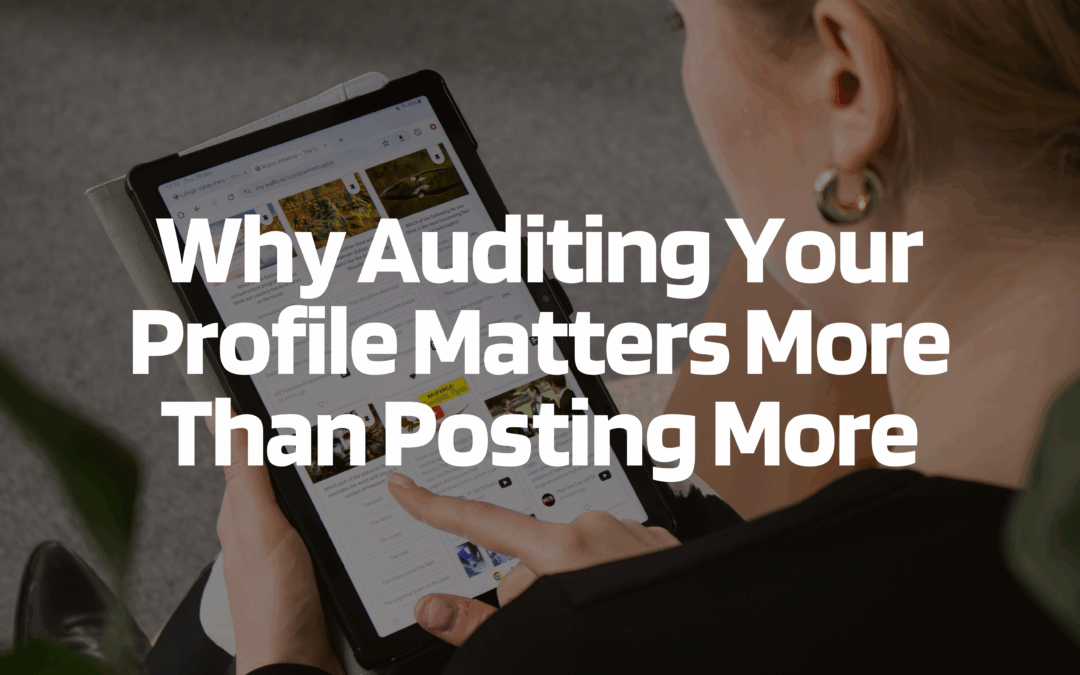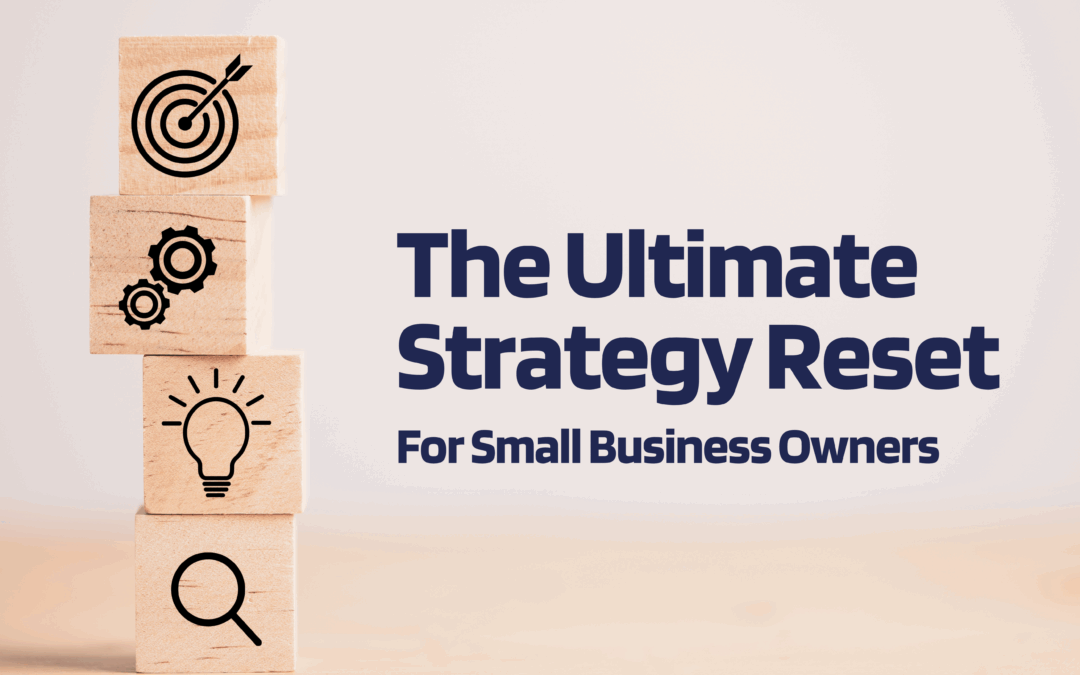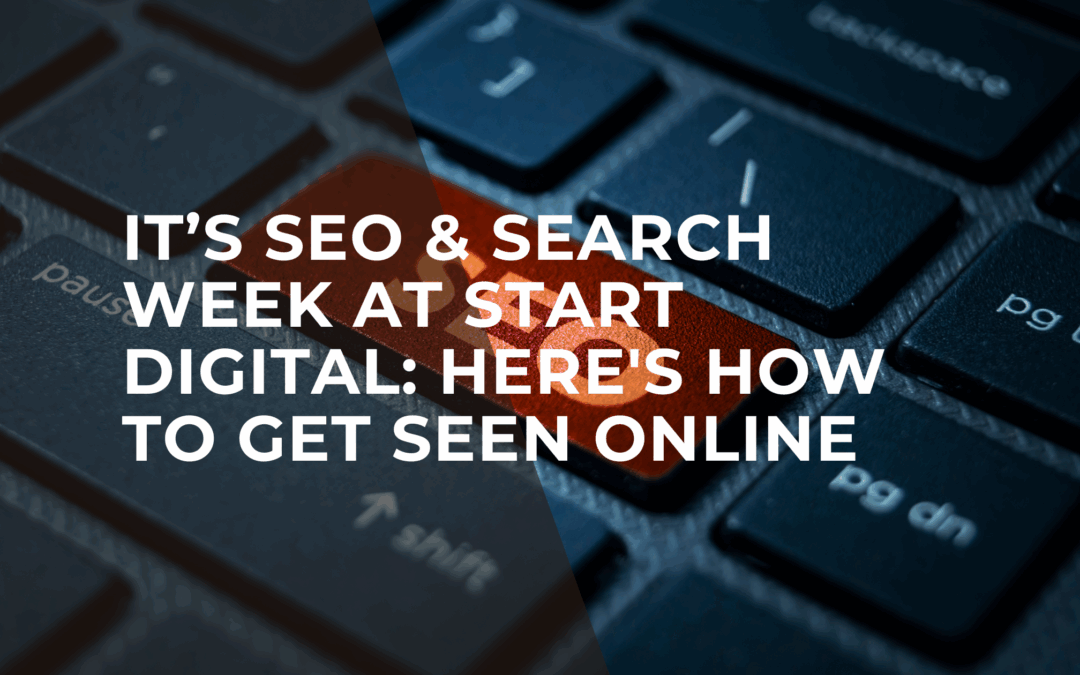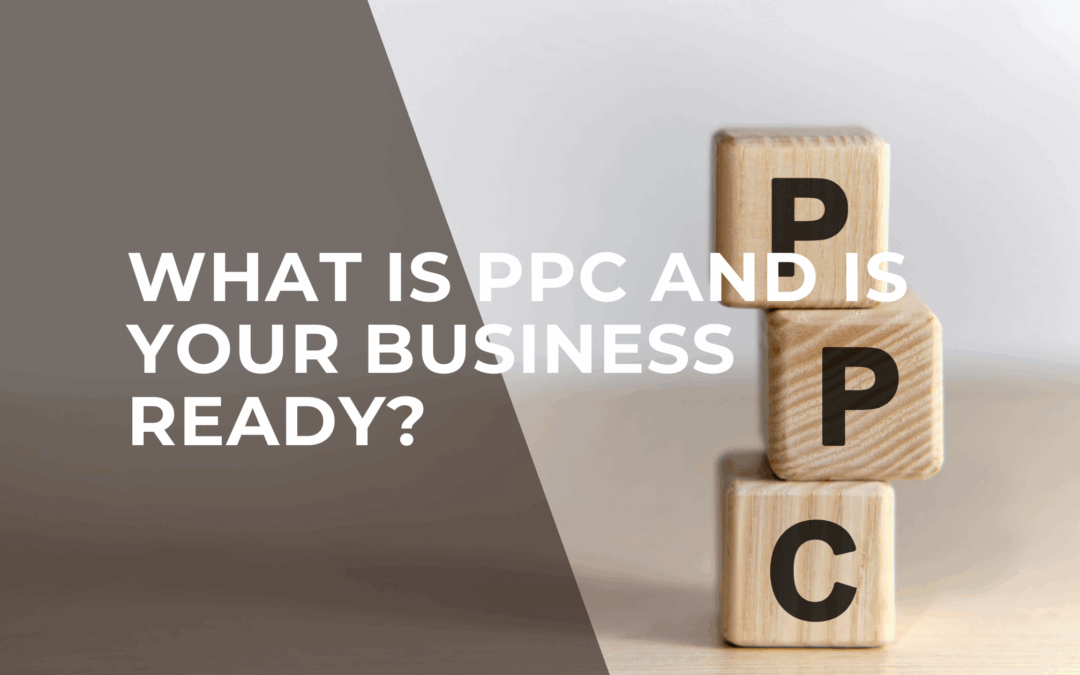The Benefits of Email Marketing and How to Convert Leads into Customers
As a small business, you may be looking for effective marketing strategies that can help you reach your target audience and grow your customer base. Email marketing is a highly effective marketing tool that can help you achieve your business goals. In this blog post, we’ll discuss the benefits of email marketing for small businesses, which audiences to send emails to, and how to create emails that convert leads into customers.
Benefits of Email Marketing for Small Businesses
Cost-Effective: Email marketing is one of the most cost-effective marketing strategies available to small businesses. Unlike other forms of advertising, there are no printing or postage costs. All you need is an email marketing platform and a subscriber list.
Increased Customer Engagement: Email marketing allows you to engage with your customers on a more personal level. You can send targeted messages to your audience based on their interests and behaviours, which can increase engagement and conversions.
Increased Brand Awareness: By consistently sending emails to your subscribers, you can increase your brand awareness and stay top-of-mind with your audience.
Measurable Results: Email marketing platforms offer detailed reporting and analytics, which allows you to track the success of your campaigns. This data can be used to improve future campaigns and optimize your overall email marketing strategy.
Which Audiences to Send Emails To
To get the most out of your email marketing campaigns, it’s important to send emails to the right audience. You should segment your audience based on their interests, behaviours, and other demographic information. By sending targeted messages to specific segments of your audience, you can increase engagement and conversions.
Existing Customers: Your existing customers are some of the most valuable members of your audience. They have already shown an interest in your business, and you can use email marketing to keep them engaged and informed about your latest products or services.
Potential Customers: Potential customers are those who have shown an interest in your business but have not yet made a purchase. You can use email marketing to nurture these leads and provide them with information about your business and what sets you apart from your competitors.
Abandoned Carts: If a customer adds items to their cart but doesn’t complete the purchase, consider sending them an email reminder. This can help increase conversions and reduce cart abandonment rates.
Inactive Subscribers: If someone hasn’t engaged with your emails in a while, you can send them a re-engagement email to remind them of your business and what you have to offer.
Creating Emails That Convert Leads into Customers
To create emails that convert leads into customers, you need to focus on several key elements:
Attention-Grabbing Subject Line: The subject line is the first thing your subscribers will see, so it’s important to make it attention-grabbing and relevant to the content of the email.
Clear Call-to-Action: Your email should have a clear call-to-action that tells your subscribers what you want them to do next. Whether it’s to visit your website, make a purchase, or sign up for a free trial, your call-to-action should be clear and easy to follow.
Personalisation: Personalising your emails can help increase engagement and conversions. Use your subscriber’s name in the email and include content that is relevant to their interests and behaviours.
Clear and Concise Content: Your email should have clear and concise content that is easy to read and understand. Use bullet points, subheadings, and short paragraphs to break up the text and make it more visually appealing.
In conclusion, email marketing is a powerful tool for small businesses to reach their target audience and grow their customer base. By sending targeted messages to specific segments of your audience, you can increase engagement and conversions. Remember to send emails to existing customers, potential customers, abandoned carts, and inactive subscribers.





